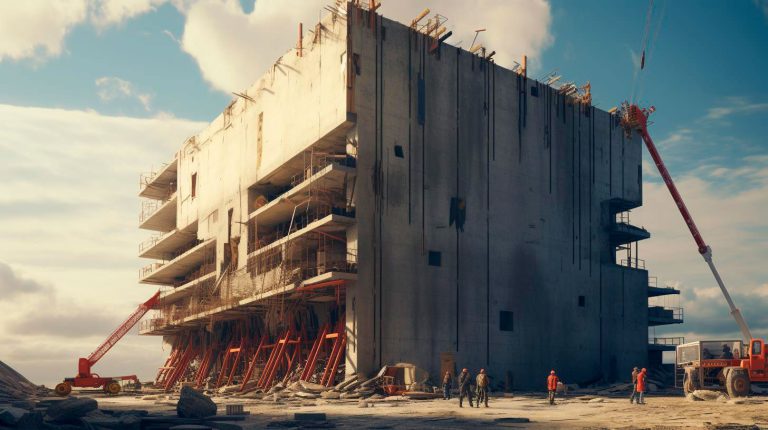In this article, we will explore the importance of location scouting, the steps involved, and how it can elevate your photography game to new heights.
The Importance of Location Scouting
Location scouting is the process of exploring and evaluating potential spots where you can capture stunning images. It helps you understand the environment, natural lighting, and various elements that can make or break a picture. Here are some key advantages of thorough location scouting:
- Optimal Settings: Location scouting allows you to discover hidden gems that are perfect for your envisioned shots. It enables you to assess different angles, lighting conditions, and perspectives, ensuring that you utilize the surroundings to their full potential.
- Creative Inspirations: By immersing yourself in the selected location, you can unleash your creativity, brainstorm ideas, and envision how your subjects will interact with the surroundings. Inspiration often strikes when exploring new environments and connecting with nature.
- Time Management: Pre-planning your shoot locations saves significant time on the day of the actual shoot. Knowing where to go and what to expect helps streamline your workflow, ensuring you make the most efficient use of your time and resources.
- Effective Storytelling: A well-chosen location can enhance the narrative of your photographs. Whether it’s a bustling city street, a serene beach, or a dense forest, the backdrop can add depth, context, and emotional appeal to your visual story.
The Process of Location Scouting
Now that we understand the importance of location scouting, let’s dive into the step-by-step process:
Define Your Vision
Begin by clearly defining the concept and purpose of your shoot. Consider the mood, style, and message you want to convey through your photographs. This will help you narrow down the type of locations that align with your vision.
Research and Gather Information
Utilize online resources, social media platforms, and photography communities to research potential locations. Analyze photographs taken in different spots and read about the experiences of other photographers. This will give you insights into what a particular location has to offer.
Visit and Evaluate Locations
Once you have shortlisted a few locations, physically visit them to evaluate their suitability. Pay attention to the lighting conditions, accessibility, potential obstructions, and overall ambiance. Take test shots to see how the surroundings complement your intended subjects.
Consider Safety and Permits
If your shooting location requires permits or involves potential risks, ensure you have the necessary permissions and safety precautions in place. Take note of any legal requirements and follow the rules and regulations of the area to ensure a smooth and trouble-free shoot.
Document and Organize
Keep detailed notes and photographs of each scouted location. This documentation will help you recall important details when you’re planning future shoots or need to share the information with clients or team members.
Key Takeaways
- Location scouting is a crucial aspect of photography that helps you find optimal settings for your shoots.
- It allows for creative inspirations, efficient time management, and effective storytelling.
- The process involves defining your vision, researching, visiting and evaluating locations, considering safety and permits, and documenting your findings.
Location scouting is a skill that requires practice and patience. By investing time in scouting, you can maximize the potential of any shoot and capture stunning photographs that stand out. Remember, the location sets the stage for your visual story, so choose wisely, and let your creativity soar!
















+ There are no comments
Add yours